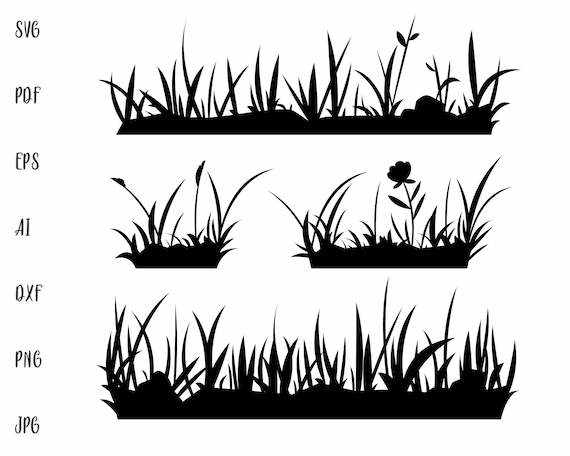Grass SVG: A detailed guide on using scalable vector graphics for grass illustrations
Scalable Vector Graphics (SVG) have gained popularity in the world of web design due to their ability to create high-quality graphics that can scale without losing quality. In this article, we will explore how to use SVG to create realistic grass illustrations for your projects. Grass is a common element in nature-inspired designs, and using SVG can help you achieve a lifelike look for your grass illustrations. Here are some tips on creating grass SVG: 1. Start by creating a new SVG document in your preferred vector graphics editor. You can use Adobe Illustrator, Inkscape, or any other vector editing software. 2. Use the pen tool to draw the individual blades of grass. Start by creating a curved line for the base of the blade, then add smaller curved lines to represent the details of the grass blade. 3. Experiment with different stroke widths and colors to create a realistic grass texture. You can use gradients to add depth to your grass illustration. 4. grasssvg of grass together to create a cohesive grassy area. You can use the clone tool to duplicate and position the grass blades as needed. 5. Add Grass Svg Free to your grass illustration to complete the scene. You can use a solid color or a gradient to create a realistic backdrop for your grassy area. 6. Save your grass illustration as an SVG file for use in your web design projects. Remember to optimize your SVG file for web use by removing any unnecessary code and simplifying paths where possible.  By following these tips, you can create stunning grass illustrations using SVG. Whether grasssvg are designing a website, creating a logo, or working on a digital illustration, grass SVG can be a valuable tool in your design arsenal.
By following these tips, you can create stunning grass illustrations using SVG. Whether grasssvg are designing a website, creating a logo, or working on a digital illustration, grass SVG can be a valuable tool in your design arsenal.